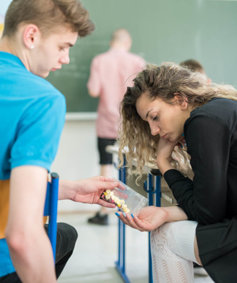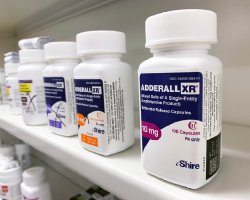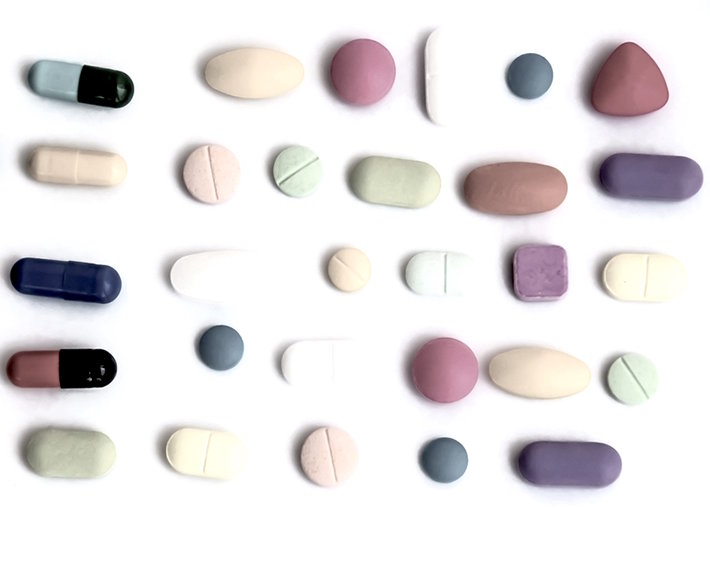Getting Pills At School One Reason Why Teens Abuse ADHD Drugs

While alcohol and marijuana remain the drugs of choice among teens, prescription drug use is climbing as kids turn to their parents’ medicine cabinets for a free high. Now medicated highs are even easier as kids use their own prescriptions for drug abuse. ADHD drugs like Ritalin and Adderall are being used for their speed-like effects, and many teens make a hearty profit selling their meds in school and offering it at parties.
According to a national survey of public and private high-schoolers in 2011, over two percent reported Ritalin abuse and more than four percent admitted that they had abused Adderall in the past year. While these numbers are not as high as alcohol and marijuana use, they are still far too high and climbing fast. In some cases, ADHD medication is consumed like candy, sitting out in bowls for a free-for-all during parties and swapped at school. The results can be extremely dangerous and even fatal, as indicated by another study that reviewed the number of phone calls to poison control centers across the country. Phone calls for teen ADHD drug abuse rose seventy-six percent from 1998 to 2005, which is a greater increase than substance abuse calls in general.
Big Business
Most teens know where to get pills at school. Business-savvy teens quickly learn the high profits involved in ADHD medication, and getting their hands on it is easier than one might think.
ADHD diagnosis consists of a simple, one-page survey that teens can easily falsify. Once they are labeled ADHD, doctors are more than willing to dish out medication. Many kids have learned to doctor-shop and acquire a number of prescriptions, and using medical insurance they can get pills cheap and sell for high profits.
Dangerous Side Effects
Abuse of ADHD medication is dangerous, particularly because of its psychotropic quality. It can cause confusion, hallucinations, delusions, and paranoia. Other side effects include high blood pressure, irregular heartbeat, difficulty breathing, seizures, tremors, and severe mood swings. Combing it with alcohol and other drugs can be even more dangerous, often proving fatal.
Drugs like Ritalin and Adderall contain amphetamine, which is a stimulant. Addiction to ADHD medication is common and frequently leads to heavier drug use.
Signs of Abuse
Parents should be alert to signs of abuse and take it up immediately. Communication can be the best remedy and may save your child’s life. Watch for the following indications:
- Academic changes, such as failing grades or waning interest in school or extra-curricular activities.
- Changes in social circles, especially if a new group of friends promote drug use.
- Memory problems such as short-term memory loss, forgetfulness, or seeming to shirk responsibilities.
- Severe mood swings, anxiety, irritability, and aggressiveness.
- Physical changes such as dilated pupils, dry mouth, and nose, or unexplained weight loss.
- Sudden increases in energy levels, seeming nervous or jumpy or being unable to sleep.
- Secretive behavior or isolation.
- Sudden, urgent demands for money.
Often when parents see these signs they may pass them off as “hormones” or “growing pains.” Sadly the real issue can go unnoticed for weeks, months or even years. If you see your teen displaying the symptoms above get them immediate help. If there is not an existing problem make sure that one does not develop. The best way to do this is through parent education about drugs and addiction.
Sources:


 ®
®